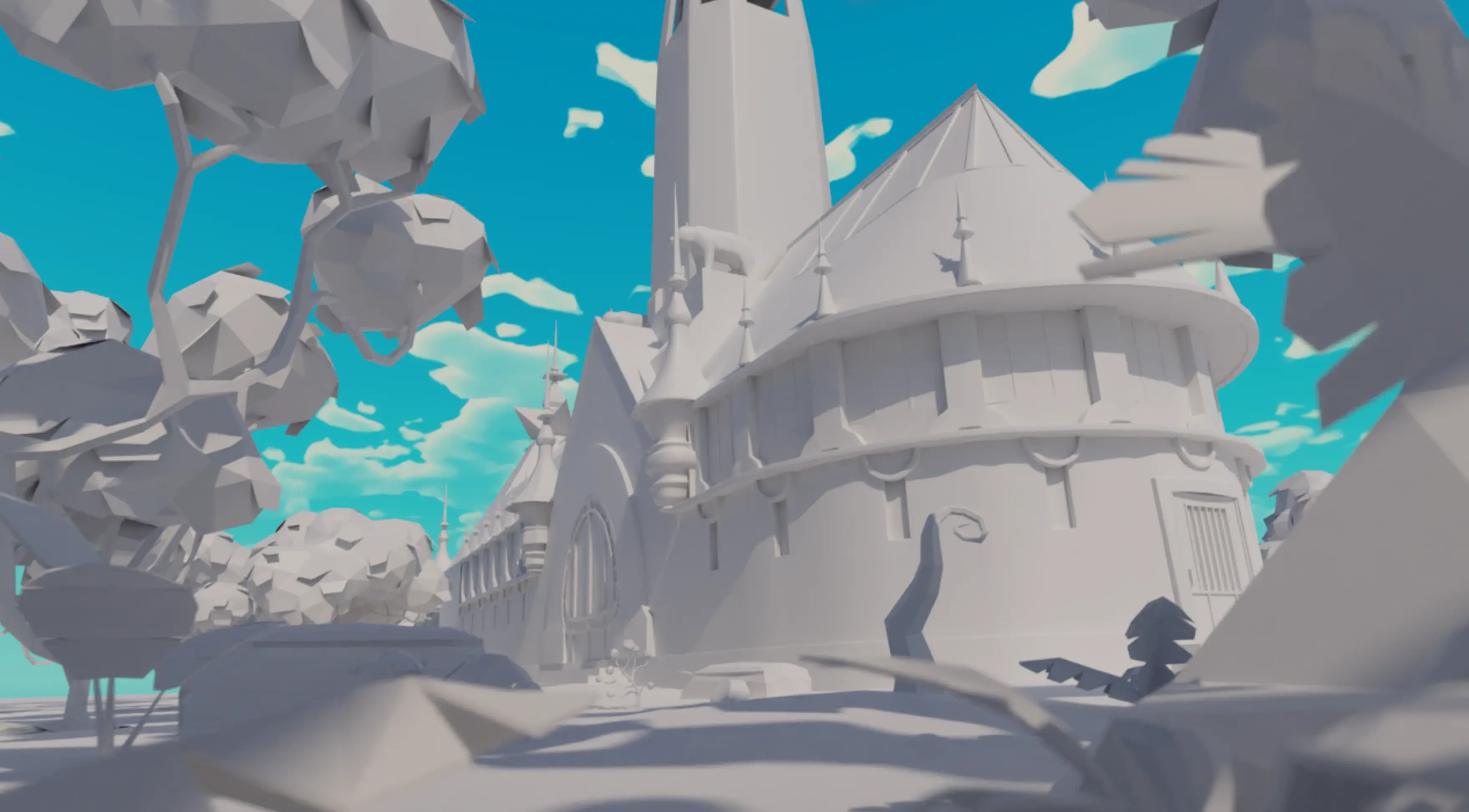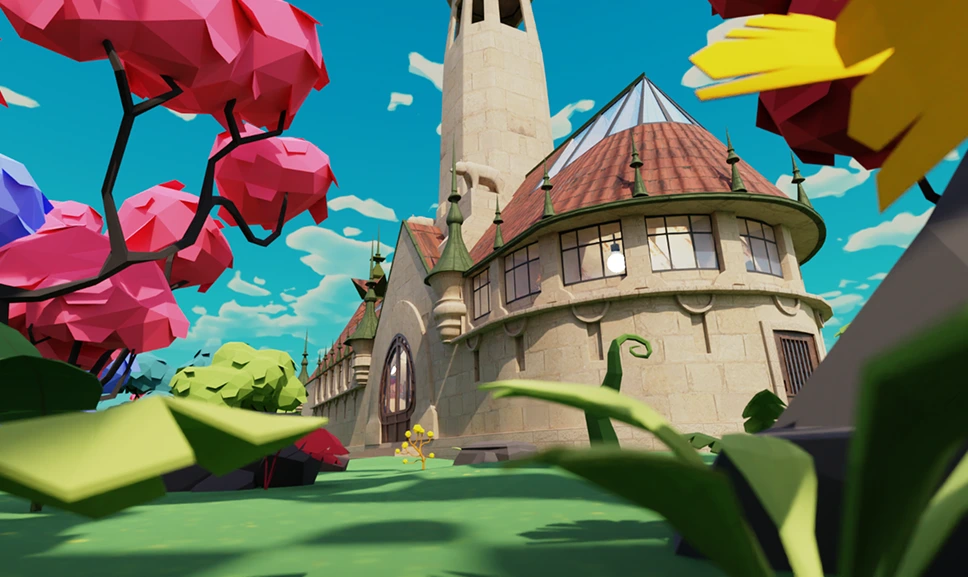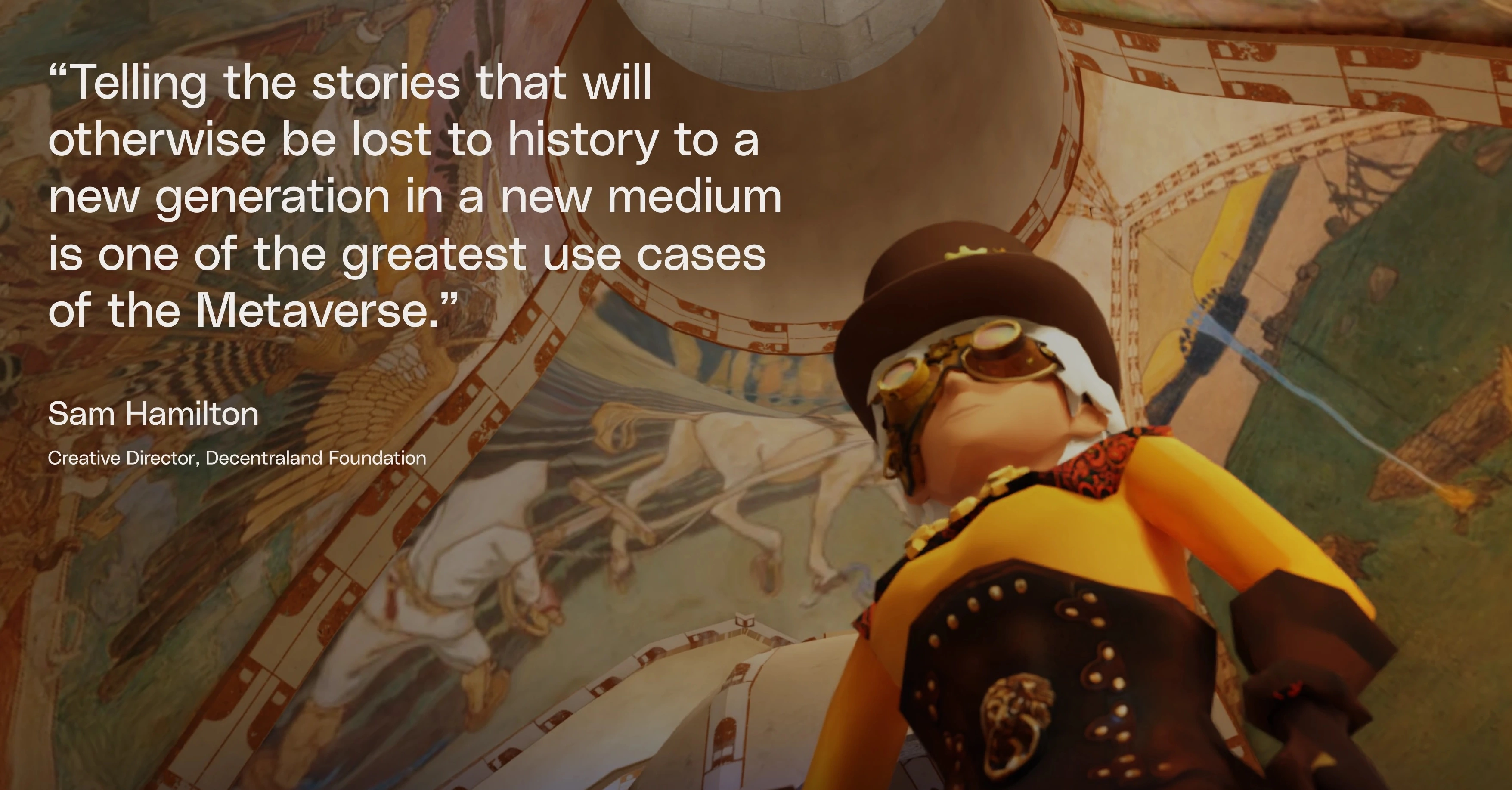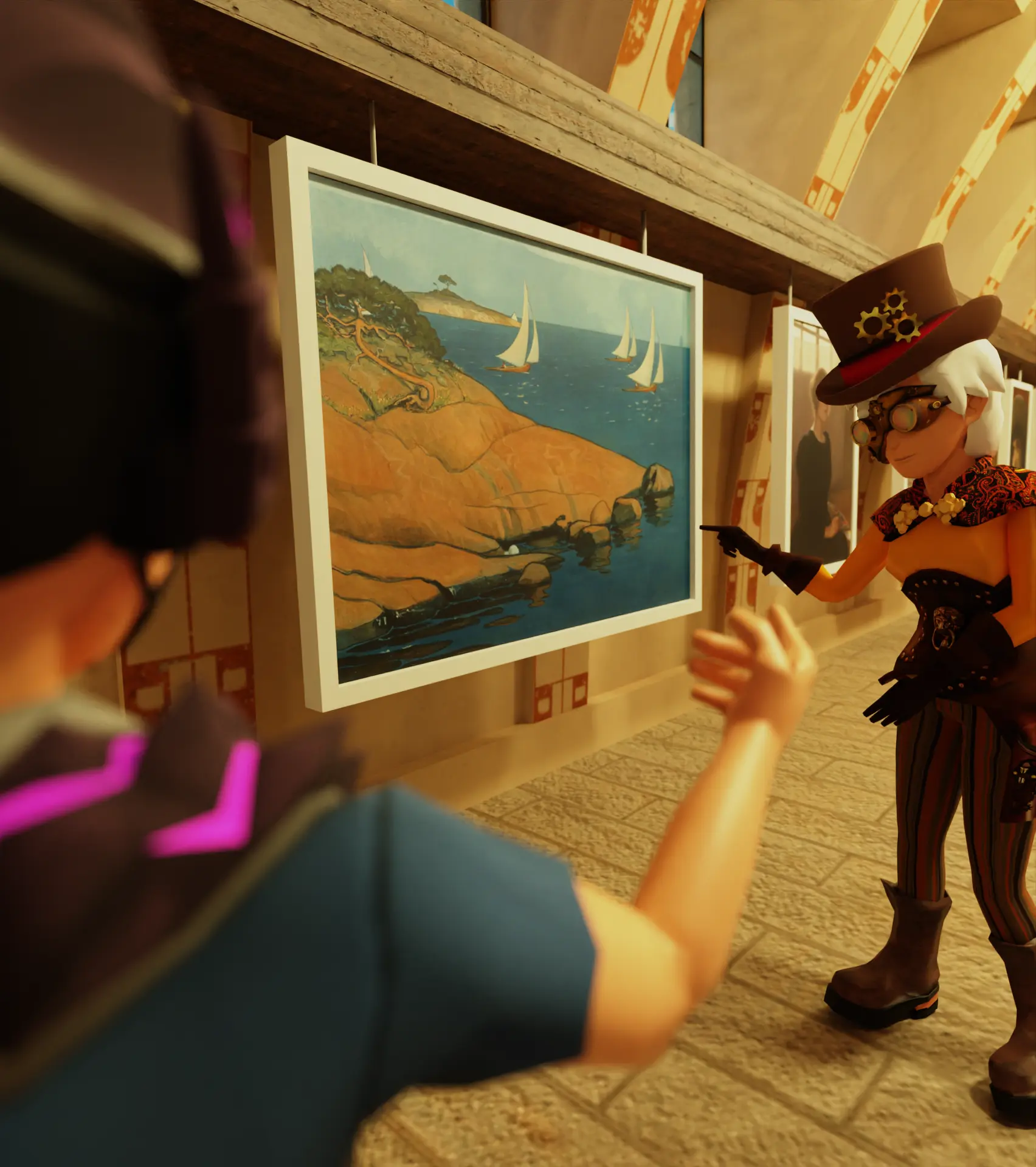2023
Finnish National Gallery
4mo
Lead creative developer
The Metaverse Gallery's launch represents the beginning of a community-oriented initiative that strives to enhance art accessibility and foster innovative art experiences. This interactive platform seeks to develop a shared experience for artists and art enthusiasts while promoting experimentation and creative expression. As technology progresses, the Metaverse Gallery offers a glimpse into the future of art institutions, advancing new opportunities for artistic engagement and pioneering new avenues for creative expression
In the first three months after opening in September 2022, the Finnish Metagallery achieved impressive results without spending any money on advertising. There were 89,340 unique art experiences and visitors spent 2,635 hours in the gallery. Additionally, 7,432 votes were cast for "Featured" art pieces, and during peak hours, visitors spent over7 minutes in the gallery. The Metagallery received several honors, including being the world's first national gallery in the Metaverse, the first project from Finland on any major metaverse platform.
Concept,
Development
3D
Decentraland SDK
Typescript
Web3

We recreated the 1900 Paris World’s Fair Finnish Pavilion (by Gesellius, Lindgren, and Saarinen) in a virtual environment. This digital resurrection allows users to explore the art nouveau masterpiece and its Finnish national romanticism elements, including the Kalevala-themed frescoes (by Akseli Gallen-Kallela), marking a significant moment in Finnish cultural heritage. This initiative provides an immersive experience of a significant yet lost architectural work, bringing back to life a pivotal piece of Finland's cultural identity and history in the digital world.





The scene was built with the Decentraland SDK using TypeScript, with development focused on efficient asset loading, interaction logic, and blockchain integration. Optimizations included model decimation, texture compression, and entity management to meet Decentraland’s rendering constraints.
Blockchain integration included the use of an ERC-721 wearable token as a voting credential, linked to Snapshot for off-chain DAO governance.
Deployment was handled through IPFS and LAND management tools. By the end of the project, I passed the Decentraland Developer Certification, enabling the studio to operate as a verified Decentraland partner.